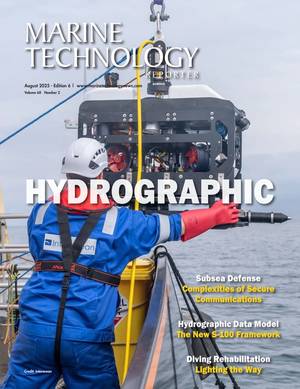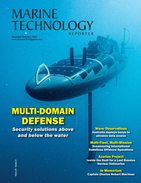
Makai Ocean Engineering Launches New Training Simulator for Submarine Cable Installations
hands-on experience with offshore cable installation workflows in a controlled, office-based environment.As the global demand for subsea infrastructure accelerates, driven by expanding internet connectivity, offshore renewable energy, and defense requirements, there is growing pressure to deploy cable systems faster, more reliably, and with a limited pool of experienced personnel, many of whom are already engaged on other projects. Traditional onboard training is expensive, time-limited, and increasingly impractical. The Makai Simulator addresses this gap by providing a realistic, flexible, and cost-effect

Red Sea Cable Cuts Emphasize Infrastructure Resilience
to AP News, multiple undersea cable cuts in the Red Sea have disrupted internet access across Yemen, the Gulf, and as far as India and Pakistan. Microsoft confirmed connectivity degradation, while NetBlocks and national operators in Kuwait and Pakistan reported outages affecting major international cable systems.The cause of the incident remains unclear. Experts note that ship anchors, natural hazards, or deliberate attacks can sever subsea cables. The Red Sea disruption comes amid heightened regional tensions and follows warnings from governments that subsea infrastructure could be targeted.“The
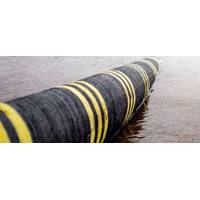
NKT to Deliver Cables for Bornholm Energy Island Interconnection
Energinet to deliver a HVDC power cable system for the offshore interconnector linking the Bornholm Energy Island to the power grid on Zealand.Energinet, the Danish transmission system operator (TSO), has selected NKT to provide the 525 kV high-voltage direct current (HVDC) on- and offshore power cable systems for the Danish connection to the Bornholm Energy Island.The contract has a value of around $757 million (€650 million) and comprises design, manufacturing, and installation of a power cable system comprising 200 km offshore route and 16.8 km onshore route.Offshore installation is planned

Pioneer Consulting Completes Submarine Cable Marine Route Surveys in Alaska
Pioneer Consulting, a full-service submarine fiber optic telecommunications consulting and project management company, announced the completion of the marine route surveys for the “Fiber Internet Serving Homes” projects, which consist of the FISH West and FISH South submarine cable systems in Alaska. Contracted by Cordova Telecom Cooperative, Inc., a member-owned telecommunications cooperative, the survey was completed in cooperation with Benthic GeoScience.Pioneer Consulting supervised the survey and provided a representative on board the main survey vessel. Survey activities
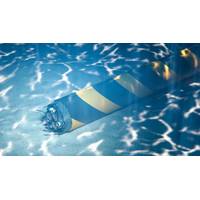
US Lawmakers Tech CEOs to Address Security Concerns About Subsea Cables
;subsea cables that handle 99% of international internet traffic and about threats from China and Russia.The letter raised concerns that entities affiliated with China "such as SBSS, Huawei Marine, China Telecom, and China Unicom, have continued to provide maintenance or servicing to cable systems in which your companies maintain direct or indirect operational involvement or ownership." The letter was signed by Representative John Moolenaar, who chairs a House panel on China, and also by Republican representatives Carlos Gimenez and Keith Self, who chair subcommittees.The Chinese
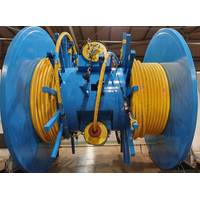
JDR to Test Cables on Middle Eastern Offshore Platforms for L&T
JDR Cable Systems (JDR), part of the TFKable Group, has secured a contract from Larsen & Toubro (L&T), an Indian multinational engaged in EPC projects, to assist with offshore umbilical testing in the Middle East.The work will see JDR test 14 umbilical cables for offshore platforms in the Middle East, covering two major work scopes across multiple offshore platforms.This includes the testing and monitoring of critical hydraulic and electrical control systems to support operations across the platforms.JDR’s scope of work includes pre-deployment testing, monitoring during lay operations
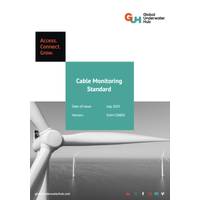
GUH Launches Guidelines for Undersea Cable Monitoring
reliability and performance of undersea power cables. Earlier this year, GUH published a White Paper which set out the challenges and presented a solution for how the UK can tackle cable performance and reliability and, through first-mover advantage, become a global centre of excellence for subsea cable systems in floating offshore wind. GUH has since established the UK Subsea Cable System Forum to influence standards and policy that reduce risk and increase performance of undersea cables. The forum, through an agreed roadmap, led by an industry steering committee and working with partners across
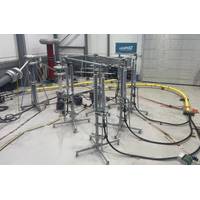
JDR Wraps Up Type Test Qualification of Next-Gen Offshore Wind Cables
JDR Cable Systems (JDR), part of the TFKable Group, has completed two new type test qualifications at 132kV for static and dynamic array cables, supporting the next generation of fixed and floating offshore wind projects.The successful testing marks a critical step in delivering U.K.-manufactured high-voltage cables, ready to support larger turbines and deliver power over longer distances, enabling more efficient and cost-effective offshore wind energy.JDR’s static cable development and testing was supported by a Development Grant from the Offshore Wind Growth Partnership, and produced in
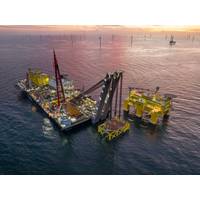
Upscaling Power Subsea: Cables and Connectors
offshore wind power to shore are already so massive that one meter of cable can weigh 300kg. Nexans had previously upscaled its production facilities to cater for increasing demand; now it is upscaling its HVDC cables, typically 400kV, to 525kV. The company will be supplying at least 10 of these cable systems to European grid operator TenneT for multiple 2GW projects.The cables will be heavier, and they have the potential to get hotter, necessitating deeper burial in the seabed. The potential risks can be a determining factor in the design of the cable. If a live cable were to be damaged, says Pascal
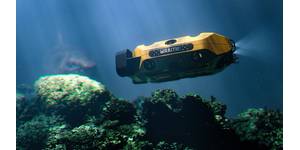
 August 2025
August 2025
